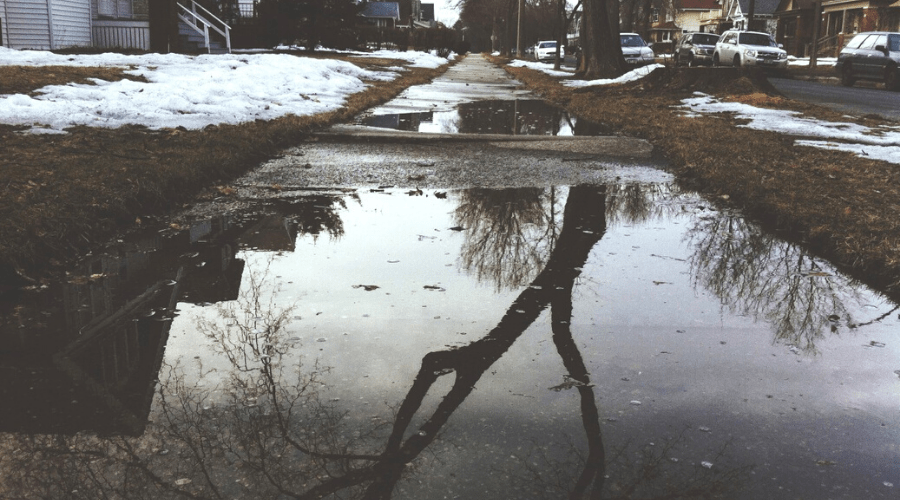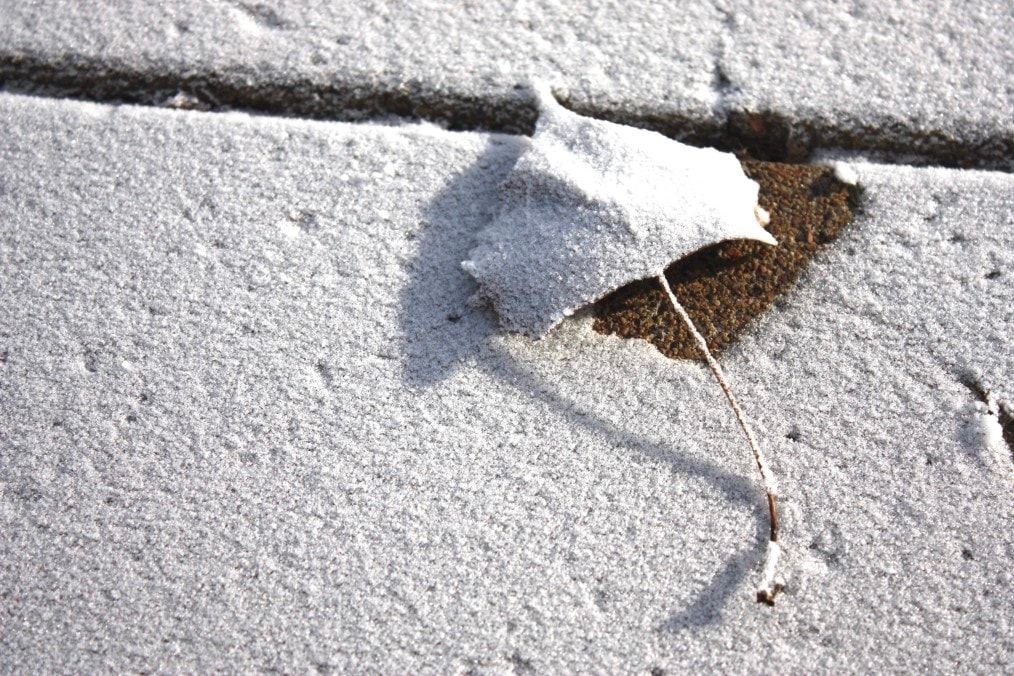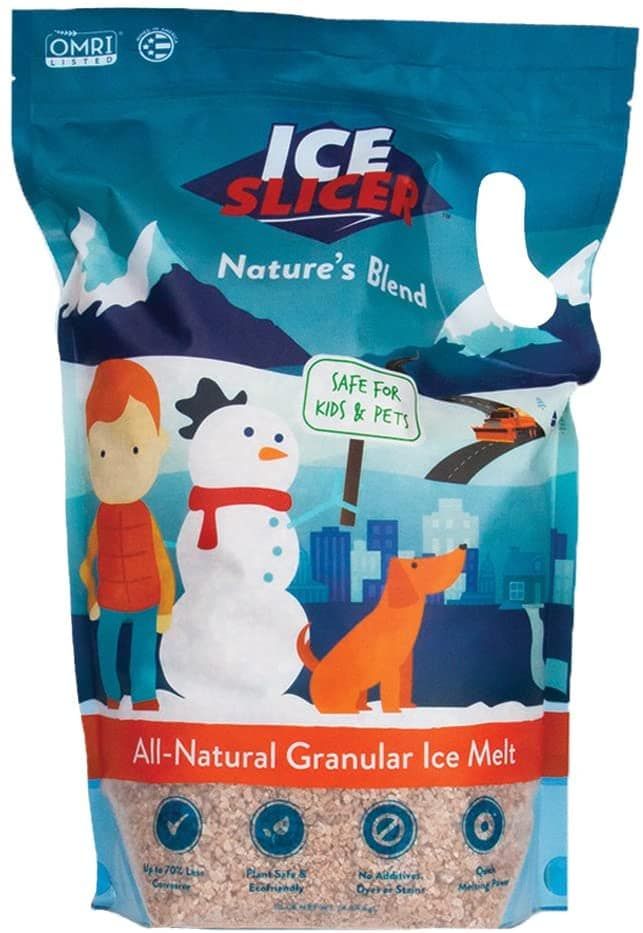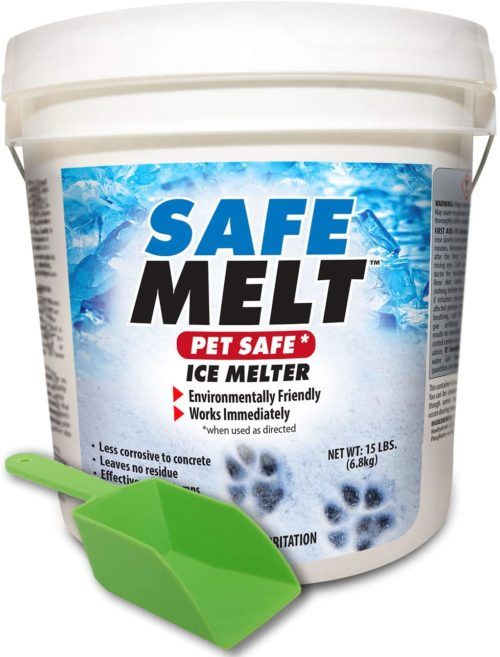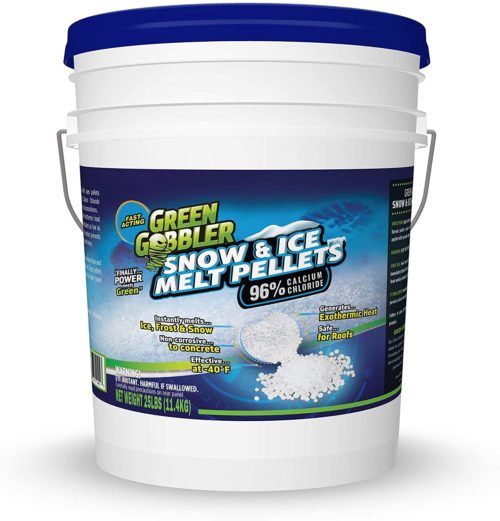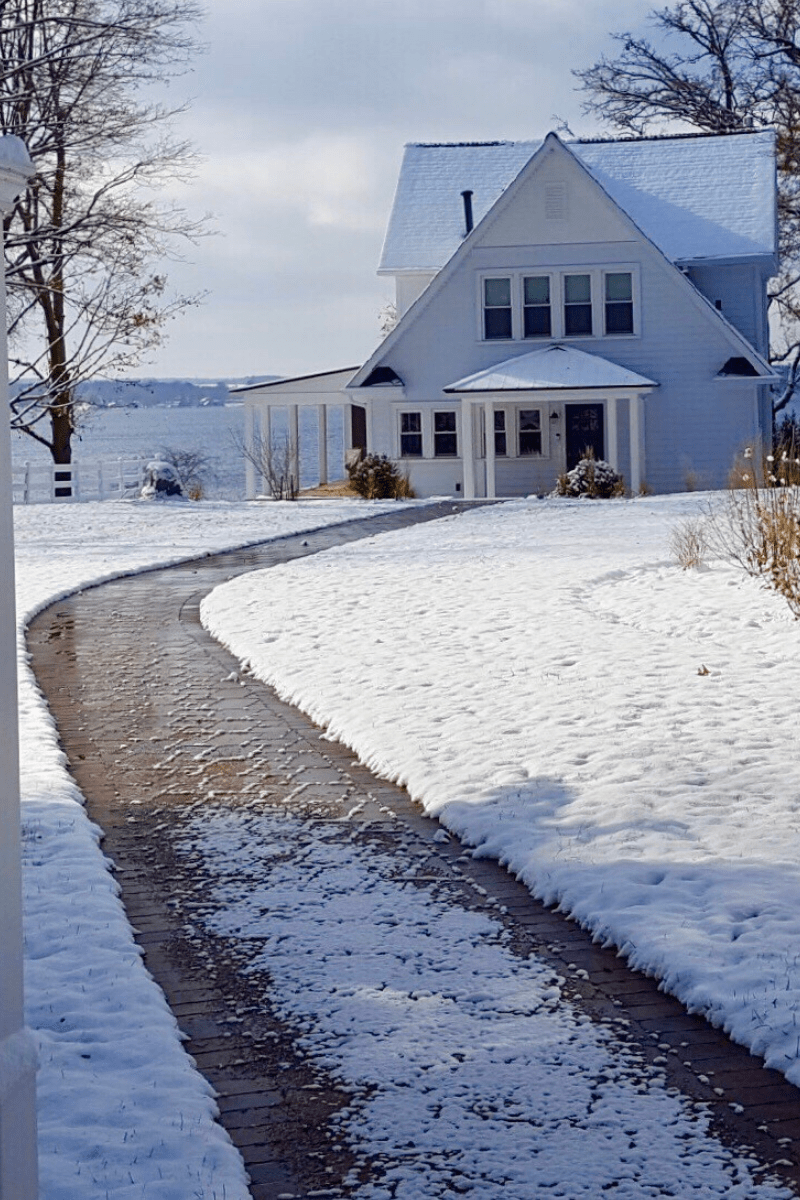Ice melts are a go-to ally during those cold winter months when mother nature deposits layers of ice, snow, and sleet on your sidewalk and driveway. But, how much damage do ice melts inflict on concrete surfaces like your driveway and sidewalk? Let's explore this subject below!
What Types of Ice Melts Can Damage Concrete?
An ice melt functions by lowering the freezing point of water and preventing any further ice build-up. Snow or ice melts can come in three different forms: pellets, granules, and liquid. The fact is, all of these contain chemicals that can cause damage to the concrete and plant life when incorrectly used. Moreover, they can also cause stains and damage the flooring.
Basically, the chloride salts of calcium, potassium, and magnesium are the main components of ice melts. The melt-off from these salts can weaken the structural integrity of a concrete surface. The end result is spalling or flaking of the concrete surface. On top of that, salts like calcium chloride and potassium chloride can damage plant roots.
What Ice Melts Are Safe for Concrete?
Salts like calcium and magnesium chloride and compounds like calcium magnesium acetate (CMA) are the best choices for concrete surfaces.
Basically, the ice melt absorbs moisture to generate a brine solution. This process produces a certain amount of heat which breaks the bond that ice particles form with the concrete surface.
A top-grade ice melt will work in temperatures well below freezing and will keep your concrete surface damage free. Most brands use a specific formula to deliver the best performance with minimum surface and environmental damage.
Here we have listed the top three ice melts that are safe for concrete surfaces. Take a look.
Best Concrete & Pet-Safe Ice Melt
This product is a combination of various natural salts. It contains a very less percentage of alkali and chlorides than the other ice melts. Being dye-free and urea-free, it is safe for kids and pets. The residue left on a surface also prevents re-icing for a period of three days. The good news is, the residue will not stain your flooring.
Here is the most important part. The pellets work effectively in temperatures as low as 0 degrees Fahrenheit. The concentrated formula ensures that a small quantity is sufficient to melt thick layers of ice. A single bag of the ice slicer can clear up to 400 square feet of the ground. Also, fast action ensures good traction within a short period.
Ice Slicer attacks ice twice as hard as other deicers. That’s because Ice Slicer’s gradations provide stabilizing traction, while its 60+ minerals help it brine faster and last longer than typical rock salt. Independent lab testing has shown that Ice Slicer melts up to 3.5 times more ice in the first 10 minutes than white salt
- Made from natural salts
- Safe for concrete and pet friendly
- The fast action ensures quick melting
- Can be used in organic productions
- The reddish residue may require cleaning
- Exact ingredients are not mentioned
|
|
Best Concrete & Pet-Safe Low-Temperature Ice Melt
This product contains 100% pure magnesium chloride that has been harvested from the Dead Sea. In reality, it is less harmful to a concrete surface than sodium or calcium chloride. These pellets are also environmentally friendly and are fast-acting. The shape also prevents burn or irritation of the paws of the pets.
Most importantly, the product can work at very low temperatures ranging to -13 degrees Fahrenheit. The bucket is very easy to use and material can be poured on the surface easily. You will find this a highly versatile product. It is perfect for walkways, balconies, patios, and sidewalks.
SafeMelt is composed of 100% magnesium chloride that is harvested from the Dead Sea by the natural evaporation of sea water and a simple refinement process. SafeMelt is significantly safer to use and kinder to our environment than most common products. This formula goes to work fast to melt ice on driveways, sidewalks, patios, roadways and more.
- A pet-friendly product
- Works even in extreme winter conditions
- Less corrosive on concrete surfaces
- A fast-acting formula
- The container lid is hard to open
- Can damage concrete when used in excess
|
|
Best Extreme Low-Temperature Concrete Safe Ice Melt
With 96% pure calcium chloride, this is a product that creates an exothermic reaction to melt the thickest layers of ice. Do you have to withstand extreme winters? Fear not. This ice melt can function at temperatures as low as -40 degrees Fahrenheit. It is also safe for concrete surfaces and can be used in driveways, parking lots, and patios.
The composition ensures a faster action than other chloride-based ice melts. Besides, it will not harm plants or other decorative landscapes in your home. The pellets melt on contact, making them ideal for cold and dry surfaces. It will also prevent re-freezing, thus reducing the chances of surface damage.
Move over rock salt. Green Gobbler’s Snow & Ice Melt pellets generate exothermic heat and work 4x faster than rock salt and other leading ice melt products -- melting snow and ice almost instantly. This calcium chloride formula is effective in temperatures as low as -40 degrees Fahrenheit and can penetrate even the thickest ice on driveways, parking lots and patios.
- Acts 4x times faster than other chloride salts
- Functions even at extreme temperatures
- Works on thick layers of ice
- Safe for concrete surfaces and lawns
- It is not a pet-friendly product
- It is a bit pricey
|
|
How to Properly Use Ice Melt
Ice melts play an important role in preventing slip-and-fall accidents during winters. So, while buying them, make sure that you choose the right quality that suits your environment and specific requirements. In case the winter temperatures in your area go below 15° F, it is best to use a product that contains a salt blend.
Will applying a lot of ice melt do a better job? Not necessarily. In fact, excessive application can cause damage to vegetation and concrete surfaces. So make sure that you read the application instructions carefully before use.
Here are a few important points to keep in mind while applying an ice melt.
It is best to apply ice melt on surfaces before a snowstorm. If the weather forecasts predict a storm, you can apply it on the surface in advance. In truth, this can make a huge difference in terms of the accumulation of snow and ice.
Try to seal any pores and cracks on a surface with a sealant before the winter arrives. This will prevent the melt from penetrating the surface. That can cause further damage by expansion and contraction through the freeze-thaw cycle.
Before applying, remove the snow on the top of the hard ice by shovel or snow blower. It is best to apply an ice melt by using a handheld fertilizer spreader. This ensures an even application over the surface. You can also mix an ice melt with an abrasive like sand for better traction.
Let us not forget that most chloride salts are hygroscopic in nature. That means, they absorb moisture. So once you open a bag or can of ice melt, make sure to store it away from air, moisture, and sunlight.
Ice Melt Damage FAQs
Can I use rock salt as an ice melt?
Even though rock salt is a low-cost option, it can be very damaging for the plants and vegetation. Then again, it is not a good choice for concrete surfaces as it is corrosive. Rock salt is also not a good option for temperatures lower than 5°F.
Are ice melts pet-friendly in reality?
Experts say that some salts can cause burns and irritation in dogs’ feet. So even if the product is marked as pet safe, it is best that you keep a water-filled pan near the entrance. The pets can be led through this tray to remove any salts sticking to their feet.
What precautions can I take while applying ice melt?
Since salts like magnesium chloride and calcium chloride are hygroscopic, they can draw moisture away from the skin. Therefore, it is best to protect your hands and eyes by using the right kind of eyewear and gloves.
A Final Word About Ice Melts and Possible Damage
Ice melts make a world of difference in how safe it is to travel in and out of your home and property during the cold and slippery months of winter. Hopefully our article has helped you gather a decent idea of how much damage ice melts can cause as well as selecting the best product for you.
You may also be interested in giving our Pet Safe Ice Melts article a read if you happen to have fur babies at home that you want to keep safe and sound.
Do you know about a great ice melt or alternative that causes minimal damage to concrete and other surfaces? If so, we'd love for you to share all about it with our audience in the comments section below.

